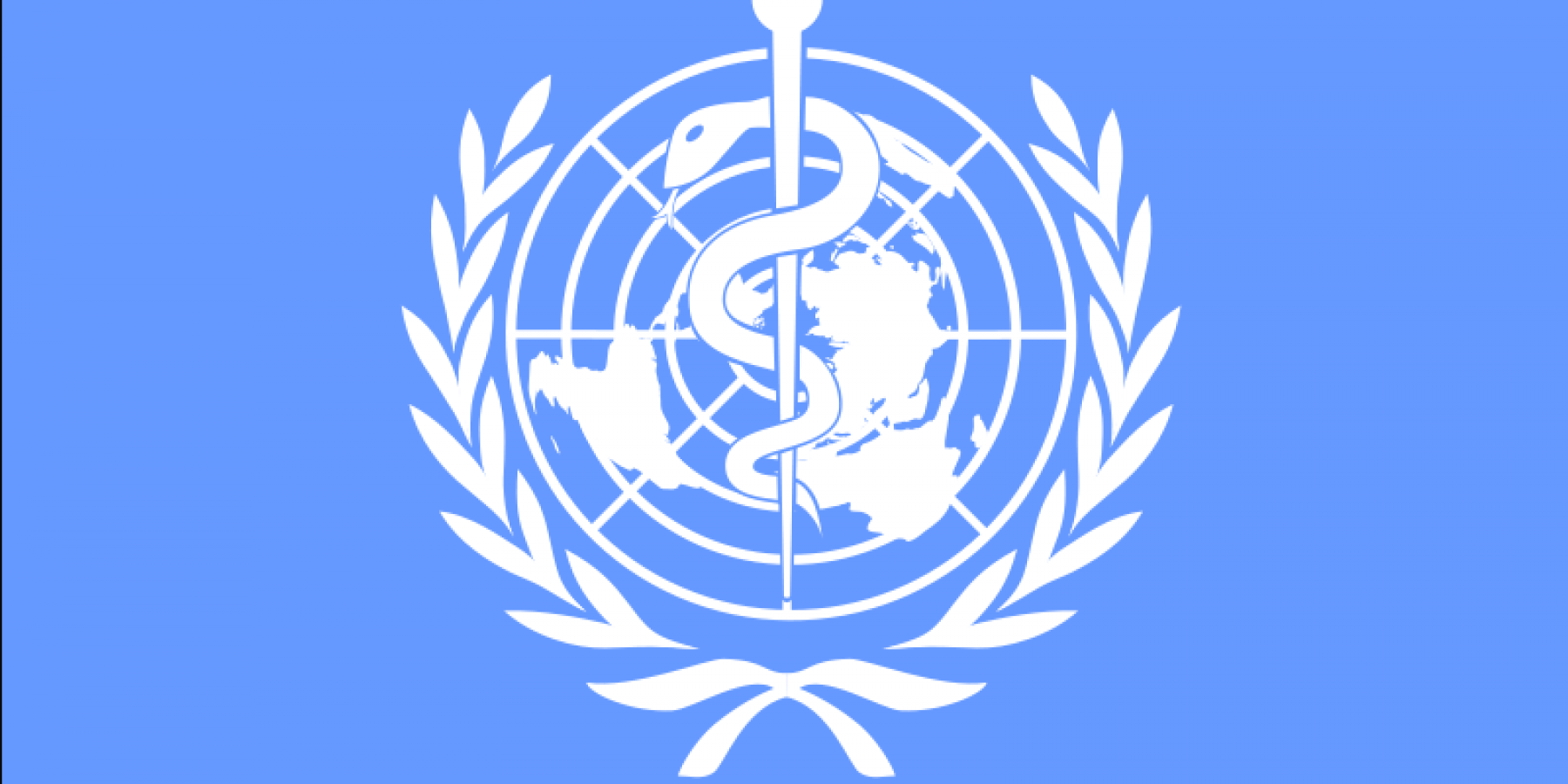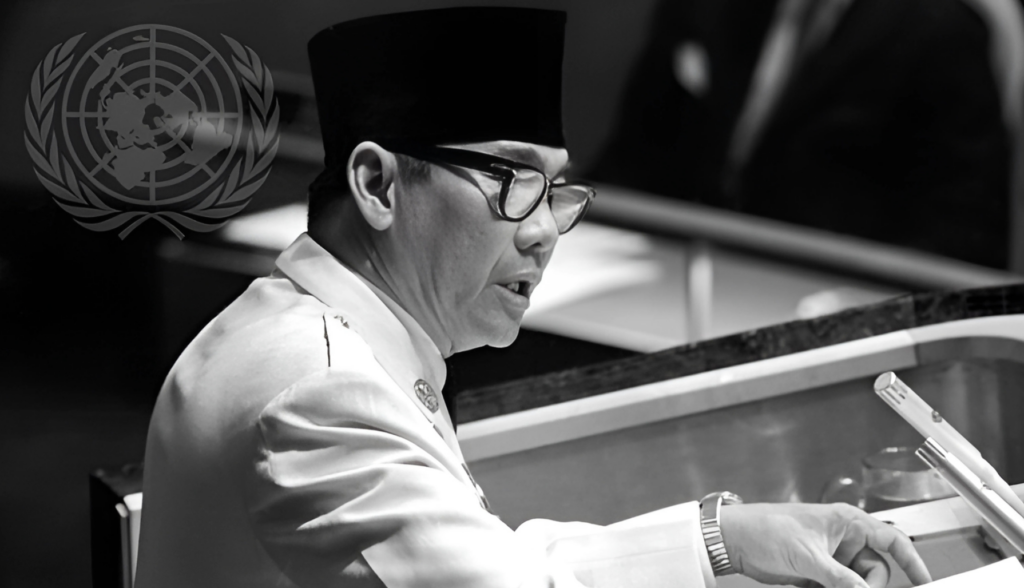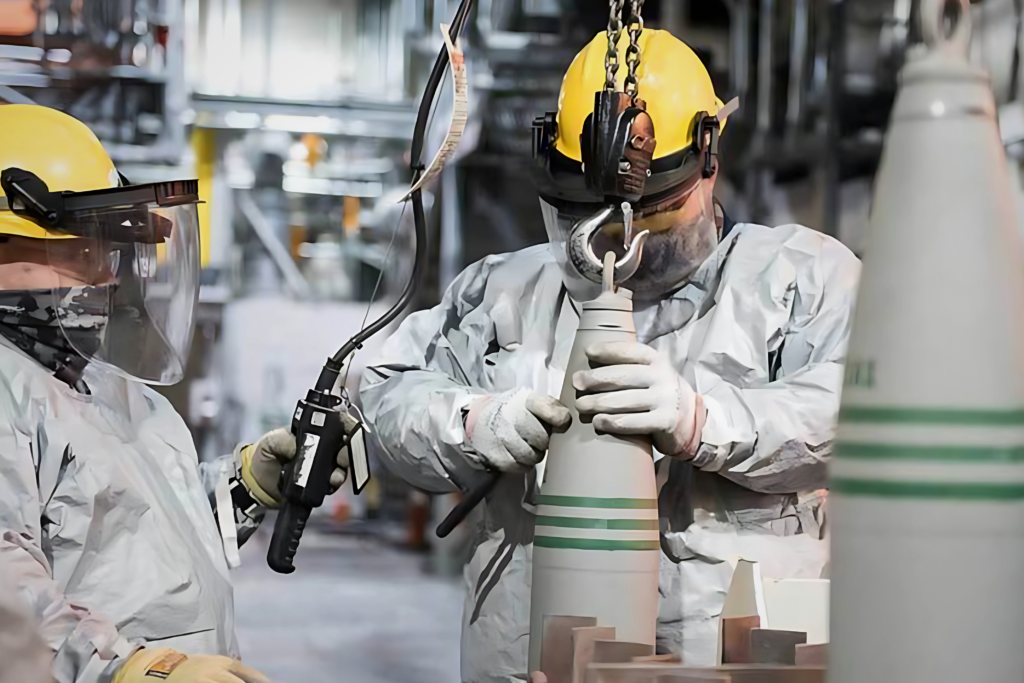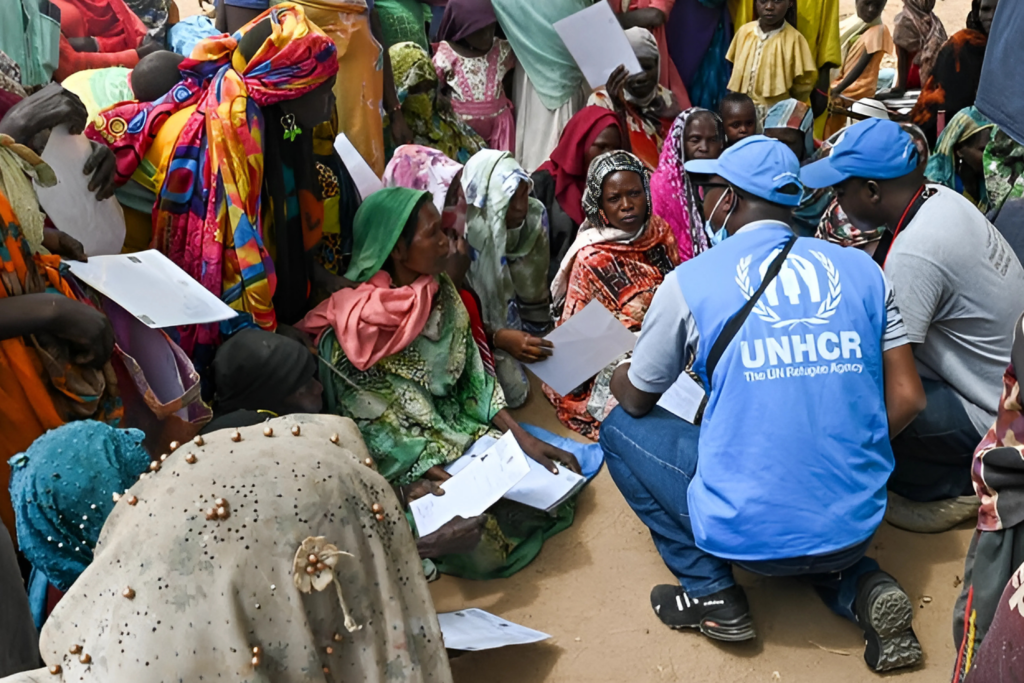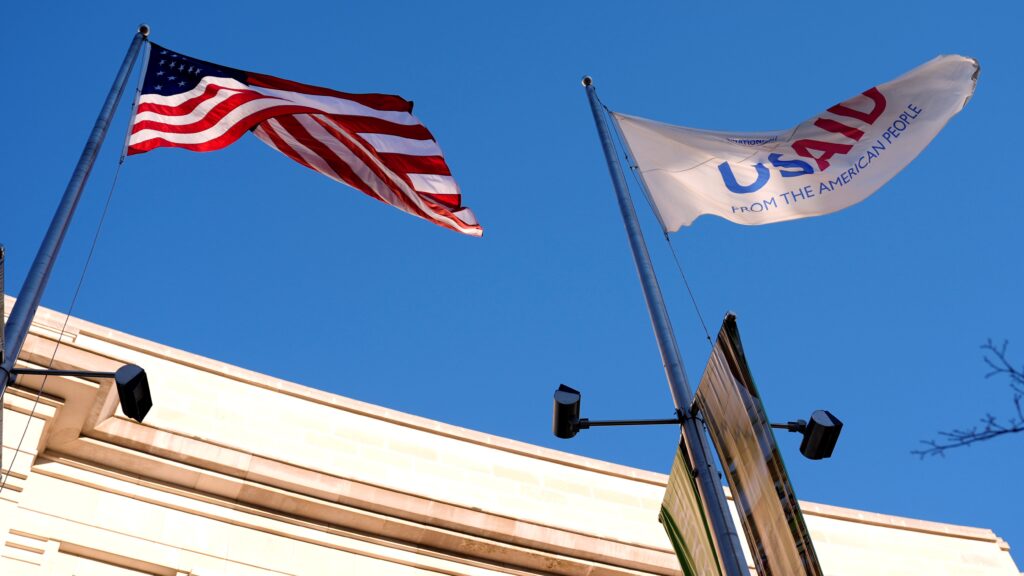The COVID-19 pandemic has changed the way Americans and global citizens go about their daily lives. Everyone has had to play a role to combat this disease, whether it’s an individual, CEO, head of state, or international organization.
Within the United Nations system, the World Health Organization (WHO) is the agency tasked with directing international health, coordinating public health information between member states, and leading emergency response during public health crises.
Since January 2020, WHO has been coordinating the global response for the COVID-19 pandemic, an emergency of unprecedented scale. When leading such a large-scale response there are many questions and some misconceptions about what WHO’s mandate is and how it is working to turn the tide against the pandemic.
Claim: The U.S. pays too much for WHO with limited return on our investment.
Fact: Even before the COVID-19 outbreak, U.S. funding to WHO was essential in supporting programs that protect our collective global health security.
The U.S. and every other Member of the WHO fund the organization in two ways, assessed contributions and programmatic contributions. Our assessed contributions equal 22% of WHO’s core budget and ensure it has the ability to achieve its mission of improving the health of people everywhere. In Fiscal Year 2020, the U.S. was assessed approximately $122 million.
The majority of funds the U.S. contributes to the WHO goes to longstanding bipartisan priorities of the U.S. government. Like other multilateral partners like the UN, the Global Fund and GAVI, investing with these partners means our funds are leveraged with contributions from other countries, the private sector, and foundations to achieve these important American priorities. Early in the COVID-19 outbreak response, the U.S. State Department immediately began funding WHO’s activities to combat the disease. While the U.S. response continues to evolve, they have invested $30 million in the WHO’s efforts at this time.
The WHO is also able to implement health programs in places the U.S. cannot as effectively operate in, including Afghanistan, Syria, and the Democratic Republic of Congo. WHO’s activities save lives, advance progress against preventable infectious disease, strengthen disease surveillance in areas of the world where new infectious diseases are likely to emerge, and enhance global health security with the goal of stopping diseases at their source, before they become difficult and costly to contain. WHO’s leadership in these areas, as well as rapid data-sharing and accelerating research and development, protects American citizens at home and abroad and fosters healthy, resilient countries that have stable economies with the potential to provide trade and investment opportunities to American businesses.
Specifically, our contributions are used to fund key programs that advance our collective global health security, including:
- Polio eradication (27.4% of biennial contributions – $158.1 million) – mainly in Africa and the Eastern Mediterranean
- Increasing access to essential health and nutrition services (17.4% – $100.4 million) – mainly in the Eastern Mediterranean
- Vaccines for Preventable Diseases (7.7% – $44.4 million)
- Tuberculosis programs (5.74% – $33.1 million)
- Other programs include:
- Establishing effective coordination and operations support (5% – $28.8 million) – mainly in the Eastern Mediterranean, Africa, and WHO headquarters
- Country Health Emergency Preparedness and the International Health Regulations – (4.45% – $25.7 million)
- Emergency Operations – (2.97% – $17.2 million)
- Prevent and Control Outbreaks – (2.33% – $13.5 million)
- Strengthen surveillance, early warning, and health information management (1.9% – $11 million)
Claim: WHO was caught off guard.
Fact: WHO is working on all cylinders to coordinate and respond to the COVID-19 crisis in partnership with its Member States, including the U.S.
On December 31, WHO received information through a disease reporting database of unexplained pneumonia cases in China. The next day, January 1, WHO Geneva requested verification of these cases from Chinese health authorities under the International Health Regulations (IHR) Article 9. WHO began working with the Centers for Disease Control and Prevention (CDC) on January 1st, immediately after the WHO learned of the outbreak, and sent out advisories to worldwide public-health leaders beginning January 5. On January 10, WHO issued a comprehensive package of guidance to countries on how to detect, test, and manage potential COVID-19 cases, and how to best protect health workers. WHO scientists first arrived in Wuhan on January 20. On January 22, WHO convened an emergency committee meeting. On this same day, the President made his first comments about the coronavirus, saying, “We have it totally under control…It’s going to be just fine.” On January 23, WHO warned of a 4 percent death rate, human-to-human transmission, and the potential of the virus to reach “any country.” WHO declared COVID-19 to be an international health emergency on January 30 and immediately urged countries to take aggressive action.
Since then, WHO has mobilized and implemented a Strategic Preparedness and Response Plan that is tackling the COVID-19 crisis on three fronts: coordinating across regions to assess, respond and mitigate risks, improving country preparedness and response, and accelerating research and development for testing, therapeutics, and a vaccine.
Specifically, WHO has:
Supplied more than 1.5 million testing kits to 126 countries worldwide (with shipments to an additional 10 countries on their way) and coordinated the shipment and delivery of personal protective equipment to 75 countries to date;
Developed COVID-19 training courses in six languages, with over 848,000 responders enrolling online;
Published a research and development roadmap, with a set of protocols for how studies should be done to create potential therapeutics or vaccines; and
Convened 100 countries to-date to as part of the Solidarity Trial, which aims to develop a preventive COVID-19 vaccine.
In terms of Dr. Tedros Adhanom Ghebreyesus, the Director-General of the World Health Organization, Dr. Anthony Fauci, recently stated that he is “really an outstanding person. I’ve known him from the time that he was the Minister of Health of Ethiopia…I think, under his leadership, they’ve done very well. He has been all over this.”
Kelly Lee, director of global health studies at Canada’s Simon Fraser University put it best: “The World Health Organization has done exactly what we’ve designed it to do — no more, no less. It has kept us informed. It has mobilized scientists and coordinated data and research. It has collected the best evidence and tried to put forward very clear guidance about what should be done. The big question is whether we’ve given it enough authority and resources to act the way we want it to act.”
Claim: WHO delayed declaring the outbreak an official pandemic, causing governments to delay their response.
Fact: The WHO declared COVID-19 to be an international health emergency on January 30 and consistently has urged countries to take urgent and aggressive action.
On January 30, WHO Director-General Dr. Tedros convened an expert emergency committee and accepted its recommendation to declare COVID-19 to be a Public Health Emergency of International Concern (PHEIC), which triggered specific notification and reporting requirements from member states.
WHO continued to issue regular updates to member states and guidance that they should prepare their public health systems, communications, and general public for the serious outbreak.
On March 11, when Dr. Tedros declared the coronavirus to be a pandemic, he said, “Describing the situation as a pandemic does not change WHO’s assessment of the threat posed by the virus. It doesn’t change what WHO is doing and it doesn’t change what countries should do…. WHO has been in full response mode since we were notified of the first cases and we have called every day for countries to take urgent and aggressive action. We have rung the alarm bell loud and clear.”
Claim: WHO moved too slowly to get anything done in time to make an impact with this fast-spreading virus.
Fact: WHO moved quickly to determine a valid diagnostic test and widely published its results, and throughout the past three months has provided prompt, science-based information on COVID-19 to 195 member governments, improving the public health response in-country.
In the key time period of mid-January through March, WHO distributed at least 1.5 million tests to 126 countries. By contrast, over the same critical period, U.S. efforts to distribute tests ground nearly to a halt, and the country’s inability to produce them left public health officials with limited means to determine where and how fast the virus was spreading. From mid-January until Feb. 28, fewer than 4,000 tests from the U.S. Centers for Disease Control and Prevention were used.
WHO has published a research and development roadmap, with a set of protocols for how studies should be done to create potential therapeutics or vaccines.
WHO is also working with scientists across the globe on at least 20 different coronavirus vaccines with some already in clinical trials in record time — just 60 days after sequencing the gene. The first human trials for the vaccine are already underway. This would have never happened if China and other countries hadn’t shared the genetic sequence of COVID-19 with the rest of the world.
Acting as “disease detectives,” WHO epidemiologists are working diligently in order to gather new information every day about the virus, how it spreads, and what kind of public health measures can best contain it. This information is being widely shared so everyone, everywhere can be informed to protect themselves.
Claim: WHO has been too close to Chinese authorities during the COVID-19 pandemic response.
Fact: Without WHO’s negotiations with the government of China to preserve access to the virus’s epicenter in Wuhan, China, the world would have faced an even greater public health crisis.
In early 2020, with the outbreak growing rapidly in Hubei Province, China moved to prohibit international organizations from accessing areas in the country affected by the outbreak. The country was initially reluctant to allow a WHO technical team access to the epicenter in Wuhan.
Throughout January, the Director-General of the WHO led bilateral negotiations with the Chinese President Xi Jinping and top public health officials, resulting in WHO’s technical team being granted access in mid-February, which increased information sharing, and ultimately prevented China from retreating into isolation which would have resulted in an even greater global health crisis.
After Chinese authorities finally shared the full sequence of the coronavirus genome, WHO played an important role in the rapid sharing of this information globally, enabling the world to go from an unknown pathogen to a diagnostic test in less than 30 days, which has allowed the development and shipment of critical life-saving COVID-19 tests.
Claim: WHO has refused to work with Taiwan in its COVID-19 response.
Fact: WHO has worked closely with Taiwan health authorities throughout the COVID-19 crisis.
Taiwan has a point of contact within WHO established by the International Health Regulations (IHRs). Taiwan receives IHR communications directly from WHO Headquarters in Geneva. Taiwan also has access to the IHR secure public health reporting website (Event Information Site (EIS), the established mechanism for reporting IHR communications between WHO and National IHR Focal Points.
Taiwanese health experts participate in two key WHO networks established in January 2020 to support WHO work in the global COVID-19 response. Every week, these experts join up to 80 other experts from around the world to exchange information, knowledge, and guidance on the pandemic response. WHO also interacts with Taiwan’s health authorities through the European Centre for Disease Prevention and Control.
This crisis has also resurfaced questions about Taiwan’s membership status to the WHO. This is not a decision for the WHO staff or leaders to decide – it is up to member states. The issue of Taiwan’s membership status has been revisited 14 times over the last 22 years. Each time, the member states decided against it. Between 2009 and 2016, Taiwan assumed an observer seat under the name “Chinese Taipei.”
Claim: WHO has not helped the U.S. in tackling the COVID-19 crisis.
Fact: WHO is collaborating with U.S. government agencies regularly to help inform America’s response to the crisis.
WHO is working closely with the U.S. Centers for Disease Control and Prevention (CDC) and the National Institutes of Health (NIH) to gather data about cases in the U.S. and ensure U.S. public and frontline health workers have the most up-to-date and accurate information.
They are also collaborating with the National Institutes of Health (NIH) by sharing critical information about the virus with first responders and the public, accelerating progress on vaccine candidates and therapeutics that will ultimately turn the tide against the virus.
Finally, WHO is collaborating with the U.S. Agency for International Development to ensure critical prevention, detection, and response supplies are available in other countries to prevent COVID-19 from continuing to spread. Stopping the spread in other countries is critical to protecting everyone, everywhere because diseases don’t respect borders.
Claim: Americans don’t believe international organizations can help the U.S. respond to the COVID-19 crisis.
Fact: Diseases don’t respect borders and Americans understand that global cooperation is essential to defeating COVID-19.
One thing known about global health threats is that we can’t beat them anywhere if we don’t beat them everywhere. Americans understand this.
A new poll conducted by Morning Consult for the Better World Campaign found that 4 out of 5 Americans (82%) across party lines say it is important that the U.S. work to limit the spread of coronavirus in other countries.
When it comes to managing the response to international health crises like the novel coronavirus (COVID-19), three-quarters of Americans (77%) trust the World Health Organization (WHO), above all other entities tested.
Claim: In late December, Taiwan told WHO they had evidence of Human-to-Human transmission of COVID-19 occurring in Wuhan, China.
Fact: The Taiwanese email to WHO did not raise at any point that Taiwan believed these cases were a novel strain of coronavirus with pandemic potential, or that they possessed scientific evidence of human-to-human transmission.
After requests by the news media, Taiwan’s Health Minister recently released the email they sent to WHO on December 31, 2019. The email references public news reports indicating that Wuhan was experiencing half a dozen unexplained cases of pneumonia with unknown transmission method. This was information WHO was already aware of and tracking: Chinese health authorities had, in fact, reported these cases to WHO on the same day, December 31, as the country’s health authorities continued to investigate the source and transmission methods of the disease.
On January 3, WHO notified the U.S. CDC of the unexplained outbreak. CDC issued its first warning about the outbreak on January 7, and over the following two weeks WHO continued to engage with Chinese health authorities to receive genetic sequencing of the virus and additional information about the growing number of cases in Wuhan.
Over the following two weeks, WHO continued to receive information from Chinese health authorities in Wuhan regarding possible transmission methods and infectiousness.
On January 21, with China reporting 222 cases and four deaths, WHO confirmed that health authorities believed enough scientific evidence existed to justify human-to-human transmission and issued guidance and monitoring recommendations to member states.
